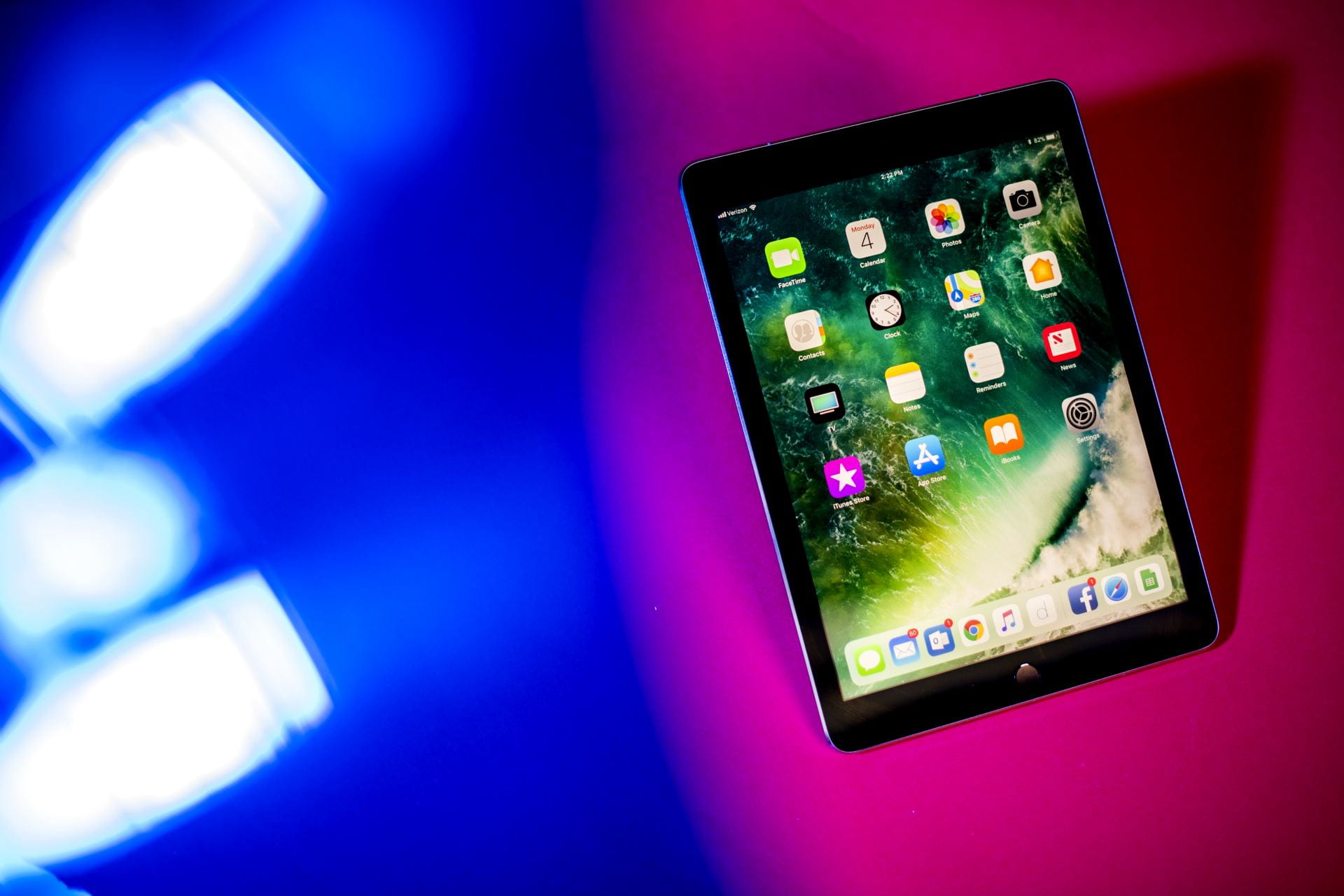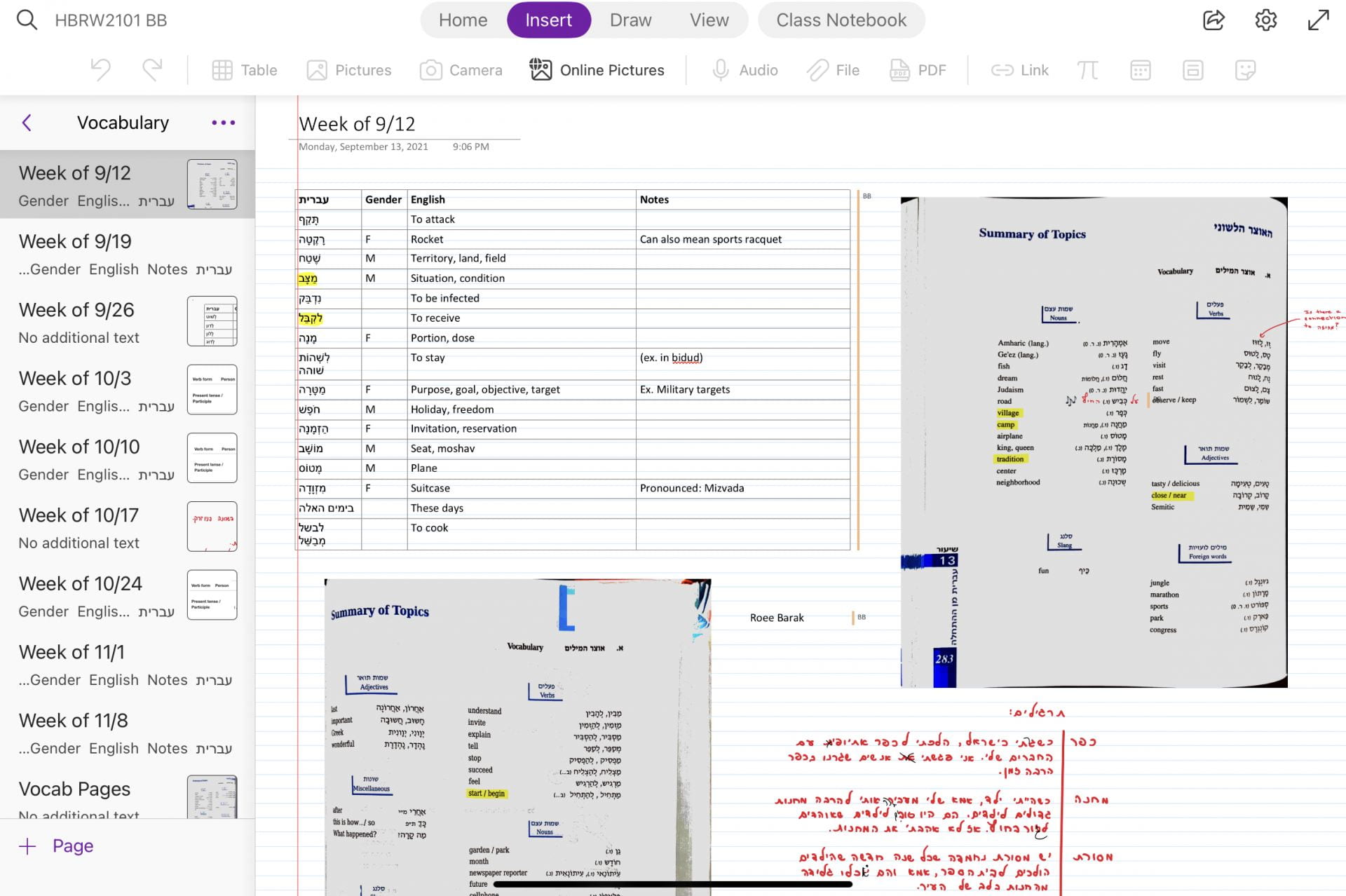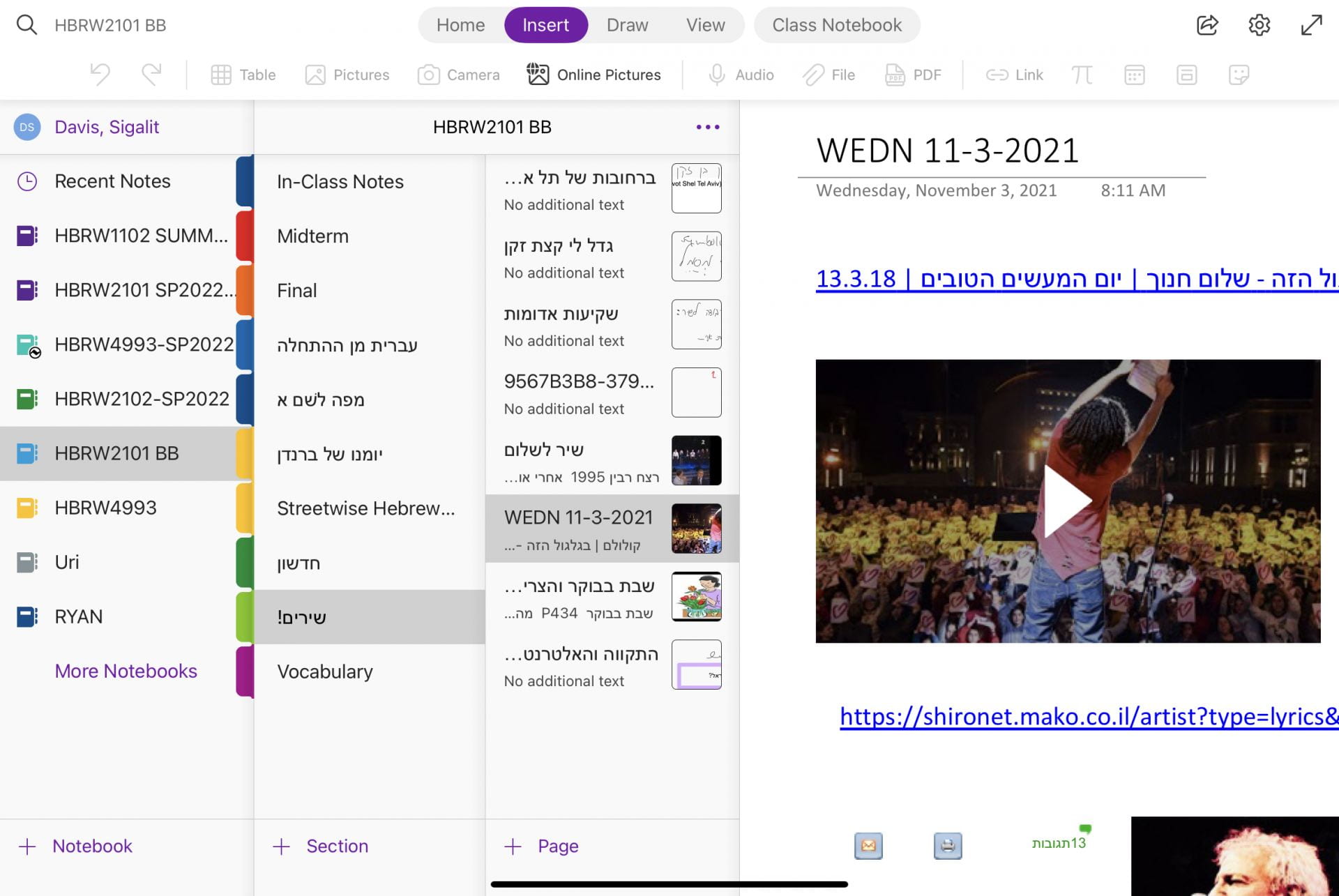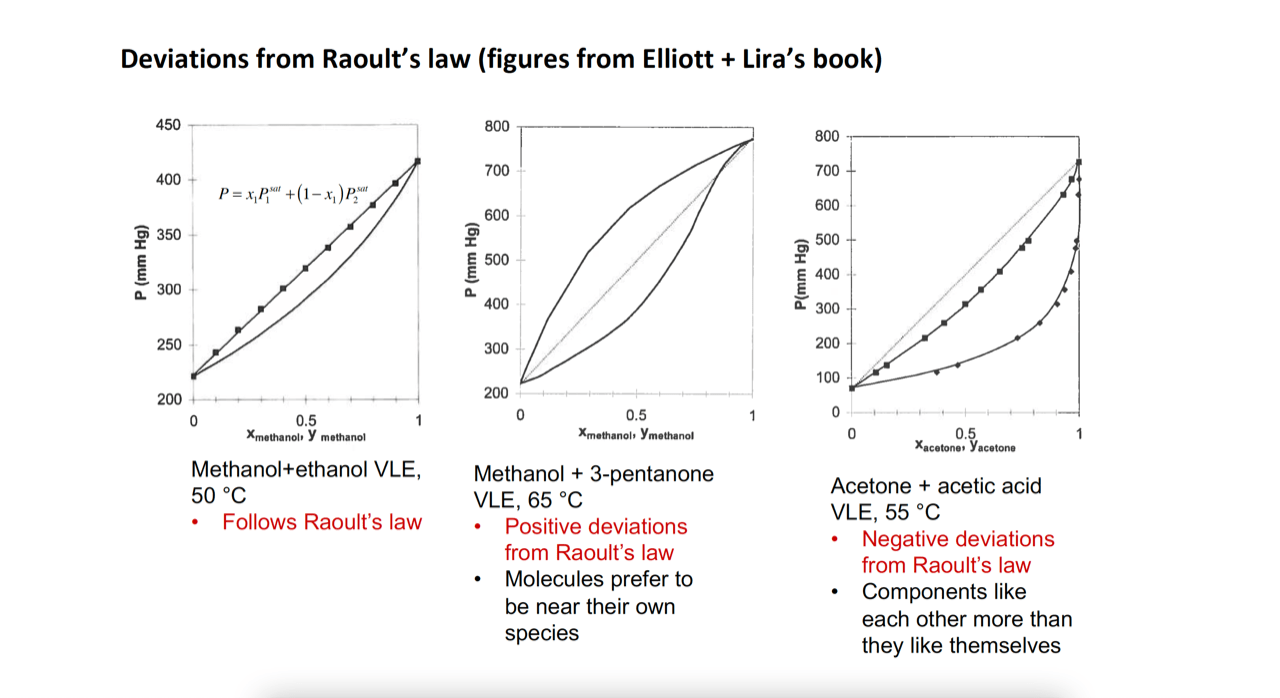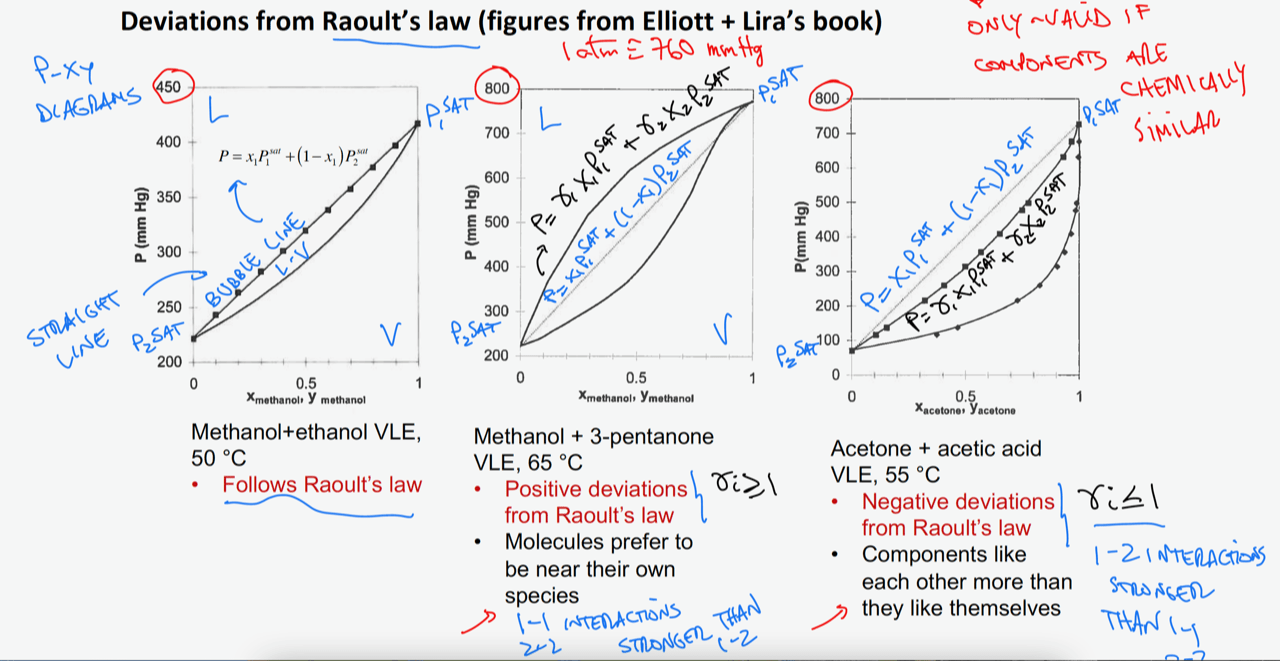Tablets are gaining popularity for university instruction because they can facilitate more personalized content interactions for students and enable instructors to monitor learning in real-time. During the Fall of 2021, the university conducted a pilot to help instructors develop innovative methodology and instructional pedagogy through technology in the classroom.
Often viewed as a hybrid between a laptop computer and a smartphone, a tablet’s size and functionality can provide a mobile yet fully functional solution for instructors, both in and outside of the classroom. iPads and Surface Pros also provide portability of the instructor workspace, so they can carry their coursework from class to class and modify their content or grade wherever they are when feeling inspired.
Yet, using tablets in the classroom requires thoughtful planning to ensure that the technology actually improves the teaching and learning process. During the course of the pilot, instructors received Surface Pro kits or iPad kits along with training, and support.
Below are success stories from four instructors who participated in the pilot:
Lecturer in Hebrew
College of Social Sciences and Humanities
Sigalit embedded OneNote in Canvas and used it to provide real-time feedback to students and collaborate with them during class. Her students submitted notes in handwriting and she provided feedback through digital writing on her iPad– an important improvement as students learn to navigate the Hebrew alphabet.
“Working with students in “real time” using OneNote was a life savior for us. The students found the immediate direct feedback effective and saved a lot of time in communication. Furthermore, from a pedagogical perspective it was a pleasure to notice students individual differences reflected in their processing input, it was as if we are sitting next to each other in a physical classroom. It was capturing to them and they responded very well to the learning processes”.
Associate Professor
College of Engineering
Professor Hung posted partially completed “skeleton” notes on Canvas one to three days before class. During class, he used software (GoodNotes, Notability or OneNote) to complete the notes and work on practical examples with students, posting the completed notes after class on Canvas. He also used his iPad to grade student work using an Apple Pencil. To make writing while teaching more comfortable, he used a case with a handle.
“Overall, my teaching experience with the iPad has been very positive. My style of teaching with skeleton notes was very easy to transition to the tablet, and has worked very well in a hybrid setup where some students are in the classroom and some are attending class remotely. Using a tablet also simplified hardware setup before class (compared to what I was using before, i.e., a computer connected to a drawing monitor to annotate the skeleton notes). Feedback from students and my TRACE evaluations have been very positive so far.”
Assistant Clinical Professor
Bouve College of Health Sciences
Professor Bessette used Zoom and a 3D Anatomy app in his physical diagnosis course to teach wirelessly. He used his iPad to zoom in and out of a 3D skeleton image, illustrating its parts and features.

“I enjoy having the anatomy available on the tablet. It gives me an entire collection of anatomy models to bring both to the lab stations and project up on the big screen in the lecture hall.“
Teaching Professor and Director, Senior Capstone Design, Industrial Engineering
College of Engineering
Professor Jaeger-Helton transformed an activity to help capstone students prepare for their client meetings from paper and sticky notes to a digital Miro activity involving the tablet. This transformation provided more opportunities for students to collaborate, and Professor Jaeger-Helton was able to move about the room with Miro on the tablet to provide feedback, interact with the students, and catalyze in-the-moment revisions in the app with the student teams.
They then had a dynamic, interactive, accessible, and enduring work product through their collective collaboration with each other and Professor Jaeger-Helton.
“The Transforming Teaching with Technology Program (TTwT*) was a game-changer for me, in particular the Tablet initiative! The Academic Technology Team helped me bring aspects of my courses to new levels by setting me up with an iPad and then serving up a buffet of apps, options and ideas from which I could choose. The learning curve has been navigable and the student response has been remarkably positive!”
Regular training and support meetings focused on topics like digital writing on tablets through Zoom or Teams Meeting annotations, annotating PowerPoint slides, and creating collaborative spaces with Microsoft Whiteboard or Miro.
Whether instructors are new to teaching with tablets or looking to explore new and transformative ways to teach with tablets, Academic Technologies has resources and consultations available to support teaching with tablets.
Learn more with these Transforming Teaching with Tablets Resources:
- FAQ: Transform teaching with an iPad
- FAQ: Transform teaching with a Microsoft Surface
- Book a Transforming Teaching with Tablets consult with an Academic Technologies tablet expert to get advice and ask questions about using tablets (iPad and Surfaces) beyond the basics to enhance teaching and student engagement.
